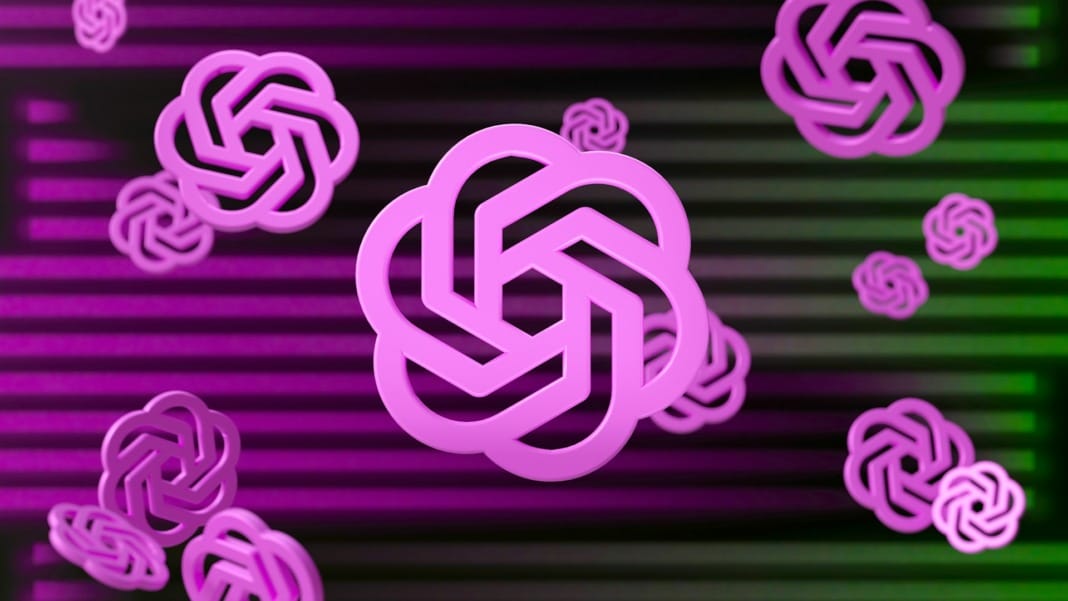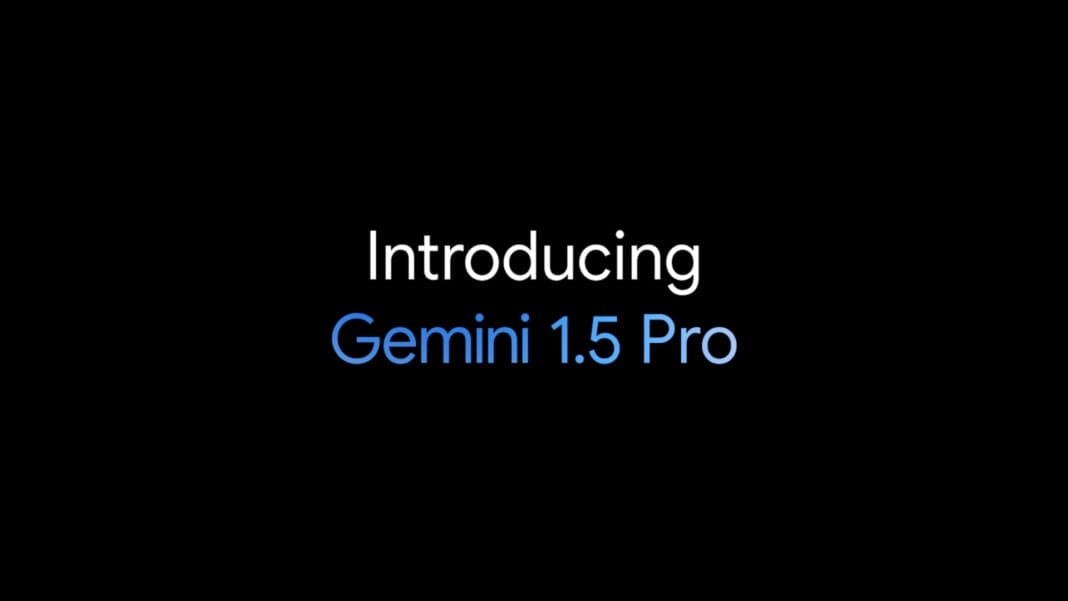Let’s delve into the exciting world of OpenAI’s newest innovation, Sora, a video-generating model breaking new ground in digital technology. Recently detailed in a technical paper titled “Video Generation Models as World Simulators,” Sora is more than just a new tool in digital cinematography; it is revolutionizing the concept of video generation and simulation.
Unveiling Sora’s capabilities
Sora’s most notable feature is its ability to generate videos at any resolution and aspect ratio, up to the high standard of 1080p. But it’s the model’s versatility that genuinely sets it apart. Sora is adept at performing various image and video editing tasks, from creating seamless looping videos to manipulating the flow of time in video sequences. This flexibility extends to altering the backgrounds in existing videos, thus opening up new avenues for creativity and innovation in video editing.
A step into digital world simulation
Perhaps the most intriguing aspect of Sora is its capacity to simulate digital environments. For instance, when given prompts related to the popular game Minecraft, Sora can conjure up a convincing Minecraft-esque world, complete with a Heads-Up Display (HUD) and realistic game dynamics. Researchers at OpenAI have successfully demonstrated Sora’s proficiency in generating these digital realms and controlling characters within them. This level of interactivity and realism marks a significant milestone in video generation.
Understanding Sora’s mechanics
Senior Nvidia researcher Jim Fan describes Sora as a “data-driven physics engine” rather than a simple creative tool. This means that Sora doesn’t just generate static images or videos; it comprehensively calculates the physics of each object in a given environment. These calculations then inform the generation of photos, videos, or even interactive 3D worlds, showcasing an impressive blend of technical precision and creative flair.
Potential and limitations
Despite its groundbreaking capabilities, Sora does have its limitations. It currently struggles with accurately simulating complex physical interactions, such as glass shattering. Inconsistencies can also arise, for instance, in depicting a person eating a burger without the corresponding bite marks.
However, the future possibilities are immense. Sora hints at a time when text descriptions could be used to create highly realistic, or even photorealistic, procedurally generated games. This is as thrilling as it is daunting, particularly when considering the implications for technologies like deepfakes. As a result, OpenAI is proceeding cautiously, offering limited access to Sora in these early stages.
Looking ahead
As we stand at the threshold of a new era in video generation and game simulation, the lines between imagination and reality are increasingly blurred. With developments like Sora, we are stepping into a world where the digital and the real intermingle in unprecedented ways. The potential applications of this technology are boundless, and we can only anticipate what the future holds with bated breath.





